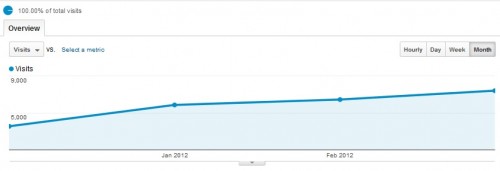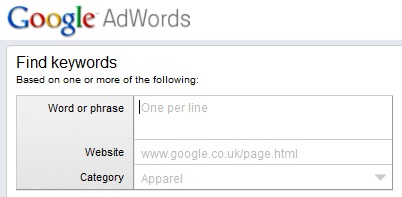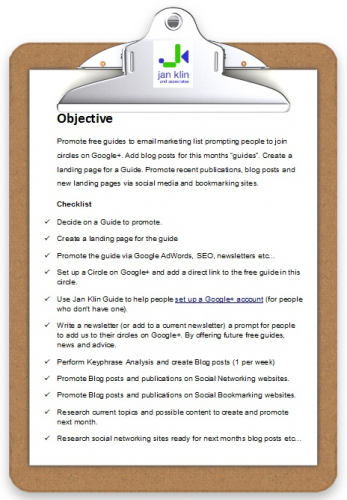Creating a content strategy
It is now a year after the launch of Google’s Panda update and over the year we have seen a lot of websites penalised with every Google Panda upgrade. Although some of these website have been caught in the cross-fire most of these website had poor quality content. Ensuring your website has high quality content with relevant keyphrases has always been important to on-site optimisation and over the last year this has become more important than ever.
With Inbound Marketing becoming more important to promoting your website online it is important to create a content strategy rather than haphazardly trawling through your website adding extra content.
It’s not just about your website of course as there are many places on the web to distribute your content to – not least of which is the social media sites mentioned below. Your website probably remains your most important digital asset though so is the best starting point.
Evaluate your website
Before creating a content strategy you should evaluate your website to see if there are any pages that are unnecessarily being indexed. These pages can be paginated product pages, non canonicalised pages, internal search result pages etc… The simplest way to find these is through a site search on Google (type
Revisit your Keyphrase Analysis
A good starting point should be to revisit your keyphrase analysis. It may have been a while since you performed your initial keyphrase analysis and although I’m sure you have performed keyphrase analysis when you have added new content to your website some of the initial analysis might be out of date or not performing well.
For this you should first work through your homepage and strongest pages on your website then move through to your deeper pages that are normally optimised for long-tail phrases.
Keeping a record
You should enter the keyphrases into a spreadsheet and include the page that they are included on.
Once you have this list you should perform the following tasks to ensure they are still good phrases:
Visit Analytics
You should login to your Analytics account and check to see how many visits you have had to see if the phrases are directing traffic to your website.
Search term suggestion tool
Visit a Search term suggestion tool such as Google’s keyword tool to see if people are still searching for your keyphrases and to find alternative phrases that might be better.
Competitor analysis
Work through your competitors’ websites to see if there are any phrases that you should consider. However bear in mind that your competitors might not have it right…
Improving content
Now that we have the keyphrases we want we should ensure that each of these pages is well optimised for these phrases. Starting with the Title tags and meta data then moving to the content on the page. When writing the content for a page this content should be as interesting and definitive as possible. There is information on writing good content on our Homepage Optimisation Lesson.
Content for the future
When you decide to create a content strategy you need to be in it for the long haul. This involves scheduling a given amount of time each week to content creation and engaging in social media.
Finding inspiration
While you revisited your keyphrase analysis you probably stumbled upon some more phrases that you can use in the future.
Transforming current content
Ask around the office. You probably already have a wide range of content that you haven’t added to your website. This can include: guides, check lists, press releases, case studies, testimonials, Whitepapers, videos, articles etc.
Competitor content
See what your competitors are up to. Audit their website; see what type of content, how often they release this content, where they release this content (is this content being sent to their social media accounts)… Part of the audit should include gauging how good your competitor’s content is and how yours can be much better.
Writing content
Now you should have a huge range of ideas about what to write about it is important not to simply start writing content and send it all out at once. Here are some tips on content and content distribution:
Decide where your content should go: Don’t just add content to your website, think about other places to distribute including twitter, Facebook, Google+, Youtube, LinkedIn etc…
Decide how often to distribute: Don’t just login at 2 p.m. every Friday for a few hours, spread your time through the week performing different tasks each day.
Keep up with trends: Don’t get left behind, constantly monitor competitors and your industry to ensure your content is up to date.
Content Distribution Example











